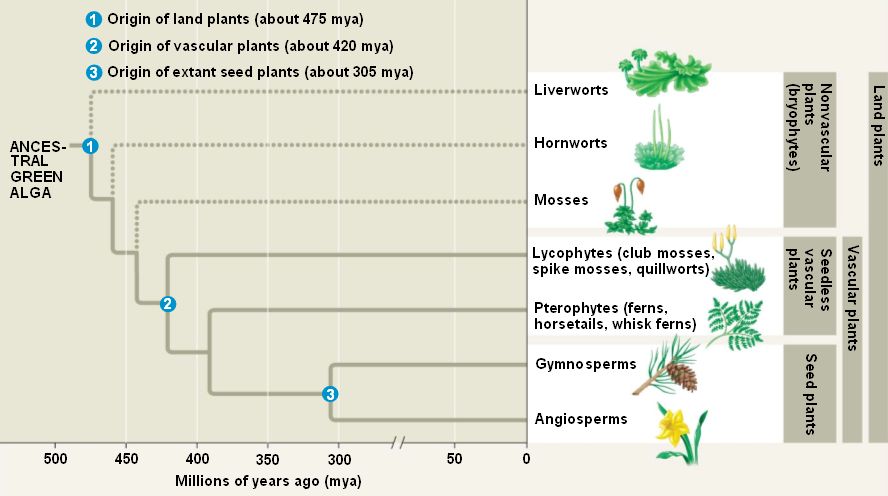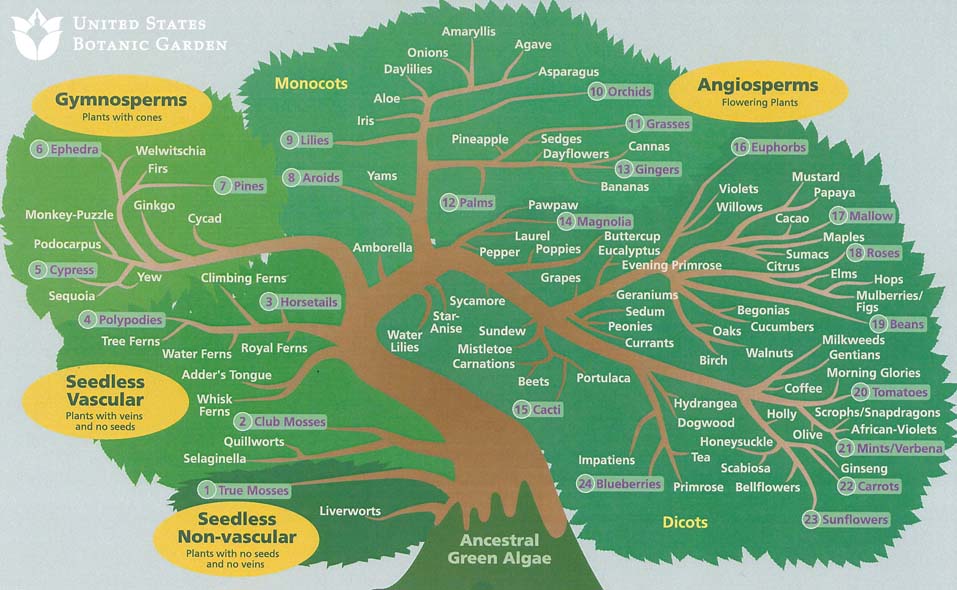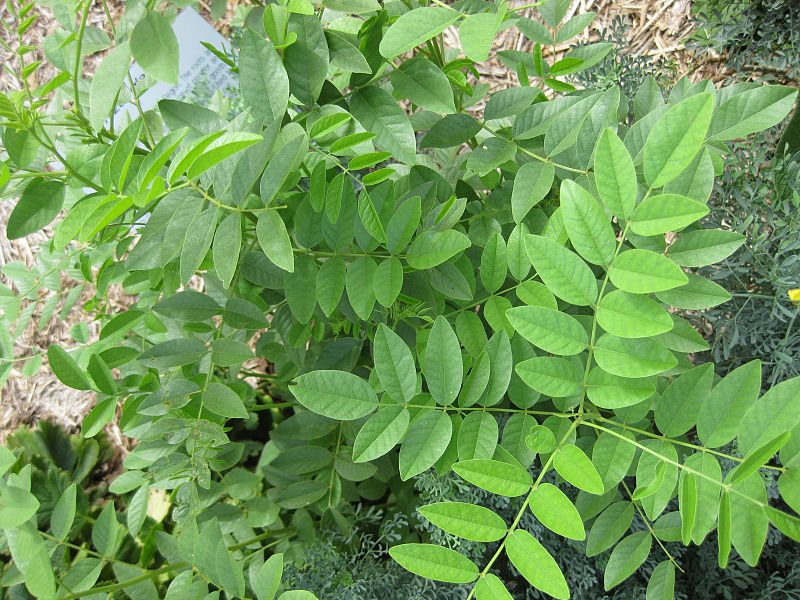Classification.jpg)
Domain: EukaryotaKingdom: Plantae
Phylum: Tracheophyta
Class: Magnoliopsida
Order: Fabales
Family: Leguminosae
Genus: Glycyrrhiza
Species: Glycyrrhiza glabra
Domain: Eukaryota
The licorice plant fits under this domain because it has a membrane-bound cell that contains a nucleus. Organisms under the domain Eukaryota also contain several membrane-bound organelles such as mitochondria and chloroplasts.
Kingdom: Plantae
The licorice plant fits under this kingdom because of the presence of chlorophyll in its cells and the fact that it uses photosynthesis to obtain its energy. Members of this kingdom also have the presence of cell walls that help to aid with support of the plant.
Phylum: Tracheophyta
The licorice fits into this phylum because it is a vascular plant and has the presence of vascular tissue to transport water and nutrients throughout the plant. Vascular plants are able to grow taller and more efficient at using and gathering resources.
Class: Magnoliopsida
Organisms within this class are also known as dicots and have some features that identify them as such. Plants in this class tend to have a woody stem with plenty of vascular cambium. Plants of this class tend to have a primary root system and tend to have net-veined leaves. Also the floral organs tend to appear in multiples of five and pollen grains tend to have three pores present.
Order: Fabales
Organisms within the order are described as being dicots with compounds leaves. The plants in this order tend to have flowers with a single carpel which gives rise to a legume, this is not always the case. Plants in this order tend to form symbiotic relationships with bacteria to fix nitrogen.
Family: Leguminosae
The licorice plant fits under this family because of the type of fruit it produces. The fruit is a dry fruit, commonly called a pod. These plants also have the ability to fix nitrogen with the help of a symbiotic relationship with certain types of bacteria.
Genus: Glycyrrhiza
Plants within this genus are all from the Legume family. They all produce legumes and are found in Asia, Australia, Europe, and the Americas.
Species: Glycyrrhiza glabra
This plant is known as the licorice plant. It is famous for its production of the compound known as glycyrrhizic acid which can be found in the roots of the plant. This compound is a natural sweetener which is 30-50 more sweet than sucrose. The acid is also known to have many medicinal side effects.
How does it fit in?
Looking at the phylogenetic tree below you can follow the tree down to the angiosperms where Glycyrrhiza glabra resides. By being part of the angiosperms, licorice is classified as a vascular plant with covered seeds.

The following phylogenetic tree shows the spatial relationship of Glycyrrhiza glabra within the angiosperms. Remember that the licorice plant is part of the magnolia class when looking looking for relationships.

Top of Page
Home
